For the ninth consecutive year Australia has failed to meet its goals on tackling Indigenous disadvantage.

The ninth Closing the Gap report, released today, confirms Australia is failing to meet six of the seven targets put in place by federal and state governments in 2008 to lessen the vast disparity in outcomes for Indigenous and non-indigenous Australians in health, education and employment.
The gap has widened in the past 12 months: last year Australia was on track to meet two of the seven targets.
In his introduction to the report, prime minister Malcolm Turnbull said: "While we celebrate the successes, we cannot shy away from the stark reality that we are not seeing sufficient national progress."
1. The target to close the gap in life expectancy within a generation is not on track.

This target hasn't been on track since 2006.
On average, Indigenous Australians die 10 years younger than non-indigenous Australians. Mortality rates have declined by 15% since 1998, but that isn't fast enough to meet the 2031 goal.
There has been a decline in circulatory disease (the leading cause of Indigenous deaths) but the mortality rate from cancer (the second leading cause of death) is rising.
2. The target to halve the gap in mortality rates for Indigenous children under five by 2018 is not on track.
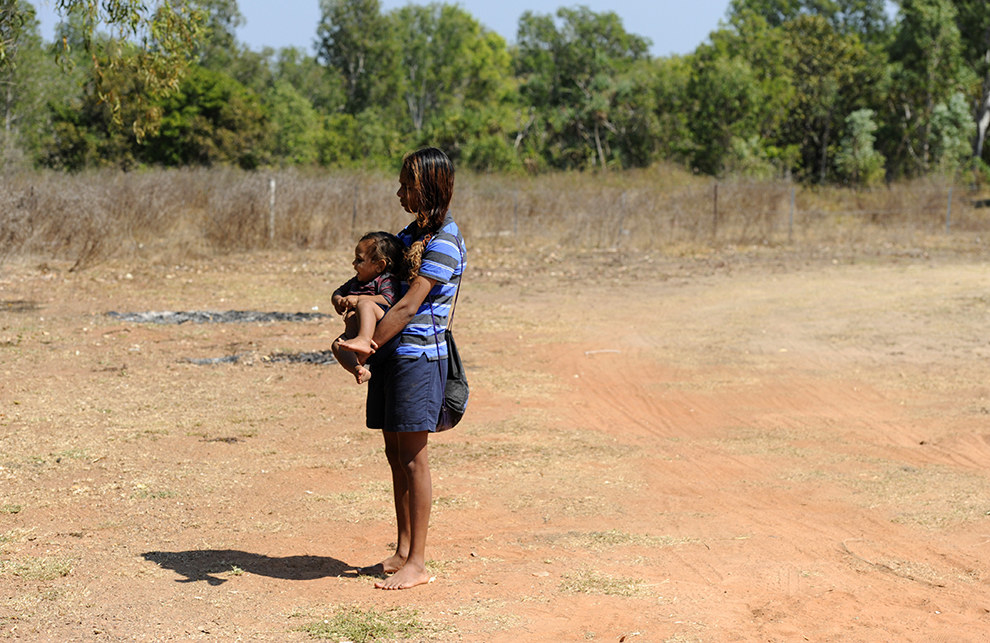
Aboriginal babies are still dying at higher rates than non-indigenous babies.
This target was on track last year, but there has not been enough improvement to meet the 2018 goal.

Over the longer term, child mortality rates have declined by 33% and the gap has narrowed since 1998.
There have been improvements in recent years in the percentage of Aboriginal and Torres Strait Islander mothers not smoking during pregnancy, and a lower percentage of babies born with low birthweight. But access to antenatal care needs to be improved.
3. The target to close the gap in school attendance by the end of 2018 is not on track.
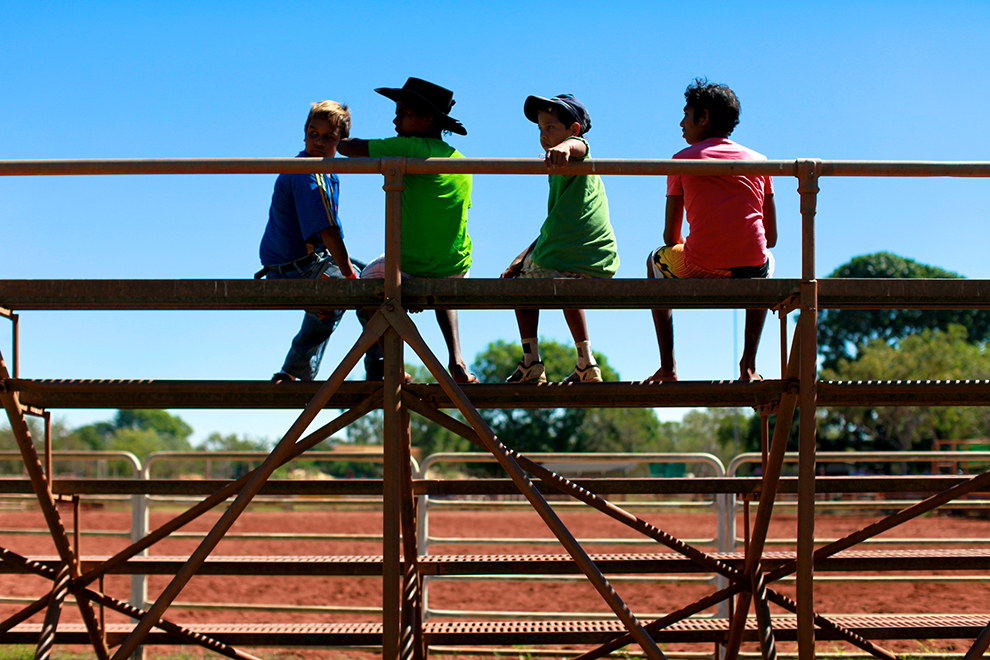
There has been no meaningful change in the national Indigenous school attendance rate since 2014.
Attendance for Indigenous students in 2016 was 83.4%. For non-indigenous students it was 93.1%.
2016 school attendance figures for students in inner regional areas was 86.9%, however this plummeted to 66.4% in very remote areas.
The report noted that "progress will need to accelerate for this target to be met".
4. The target to halve the gap in reading, writing and numeracy for Indigenous students by 2018 is not on track.

Progress for this target has gone backwards in the last year.
Results are measured based on NAPLAN reading and numeracy results for students in years three, five, seven and nine.
Across the eight areas areas, only one is on track: year nine numeracy.
Last year four areas were on track: year seven reading and years five, seven and nine numeracy.
In 2016, if an additional 440 Indigenous Year 3 children throughout Australia had achieved national minimum standards in reading, the target would have been met.
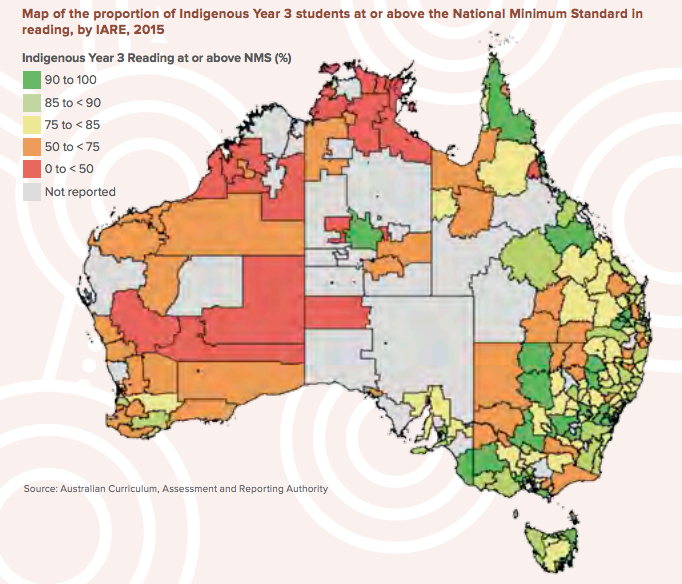
Indigenous 15-year-olds are on average more than two years behind non-indigenous 15-year-olds in reading literacy and mathematical literacy, and boys are further behind than girls.
While "statistically significant improvements" have been made since 2008, the rate of progress is not fast enough to hit the 2018 goal.
5. The target to halve the gap in employment by 2018 is not on track.
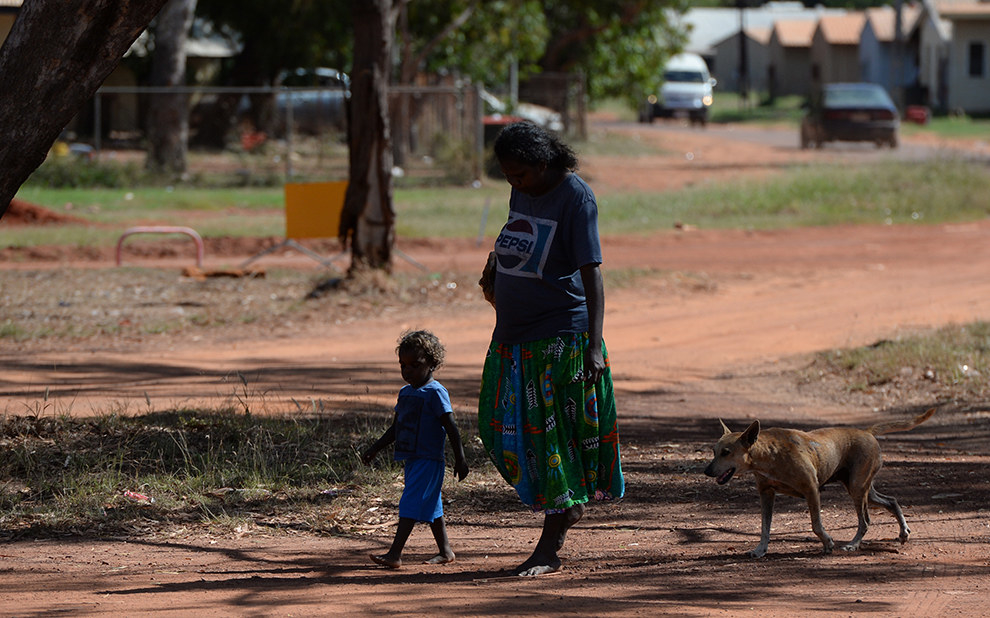
The Indigenous employment rate was 48.4% in 2015, compared to 72.6% for non-indigenous Australians.
The report notes that geography is an important factor in employment with only
35.1% of Indigenous people of working age in very remote areas employed, compared with 57.5% of those living in major cities.
6. The target to halve the gap in Year 12 attainment by 2020 is on track.

The number of Indigenous 20-24 year olds with Year 12 or the equivalent qualification increased from 45.4% in 2008 to 61.5% in 2015.
7. The target of getting 95% of Indigenous four-year-olds into early childhood education by 2025 doesn't have a progress score.
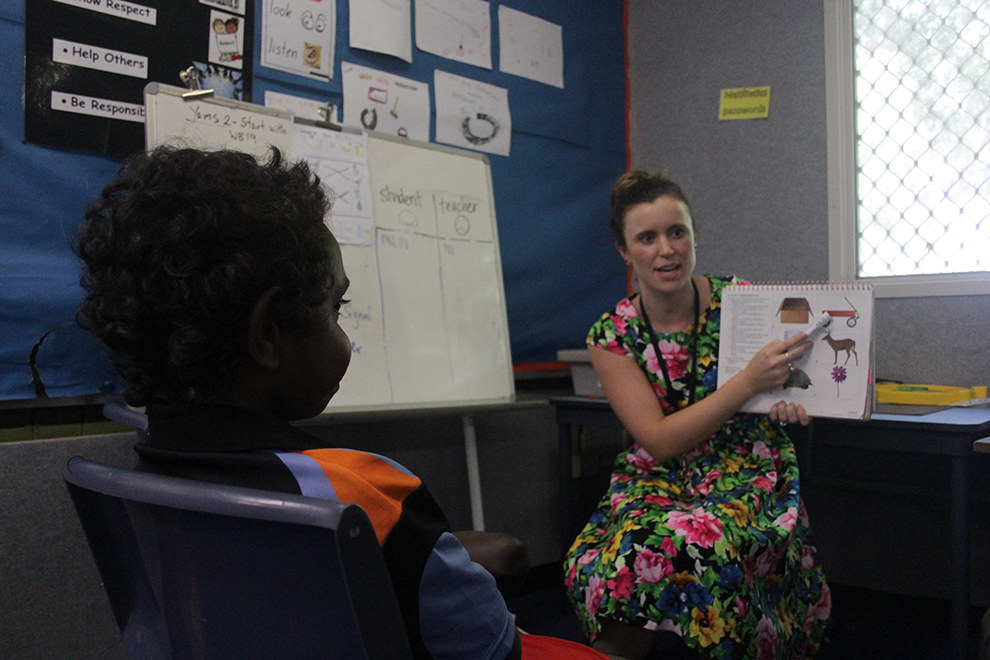
This target was set in December 2015, so there isn't enough data to determine whether it is on track.
The original target was to ensure all Indigenous four-year-olds in remote communities had access to early childhood education by 2013 - but that wasn't met.
As of 2015, 87% of all Indigenous children were enrolled in early childhood education compared with 98% of non-indigenous children. South Australia, Western Australia and the ACT have 100% enrolment rates for both Indigenous and non-indigenous children.
